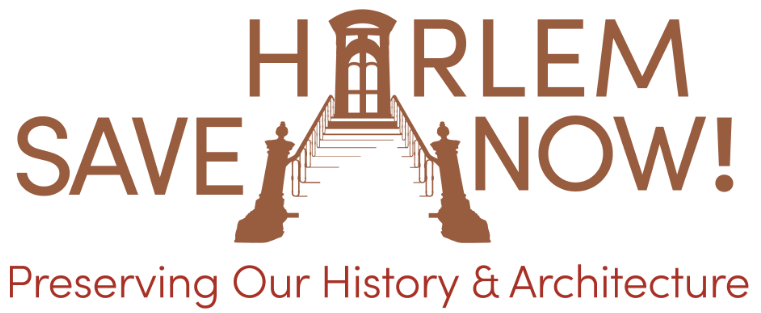The 1963 March on Washington Changed America. Its Roots Were in Harlem
In the summer of 1963, a four-story townhouse on West 130th Street became a hive of activity as civil rights activists planned an enormous march on Washington. Photo: Library of Congress
Publisher: The New York Times | Author: John Leland
Sixty years ago, in the summer of 1963, a four-story townhouse on West 130th Street in Harlem became the headquarters for what was then the largest civil rights event in American history, the March on Washington for Jobs and Freedom. For one summer the house, a former home for “delinquent colored girls,” was a hive of activity — so frenetic that the receptionist twice hung up on the Rev. Dr. Martin Luther King Jr. by mistake.
The march, which took place on Wednesday, Aug. 28, is now best remembered for Dr. King’s “I Have a Dream” speech, and for the crowd of 250,000 filling the National Mall. But it would not have been possible without the organizing at 170 West 130th Street, led by Bayard Rustin, a brilliant tactician whose homosexuality and former communist ties made him a target both inside and outside the movement.

